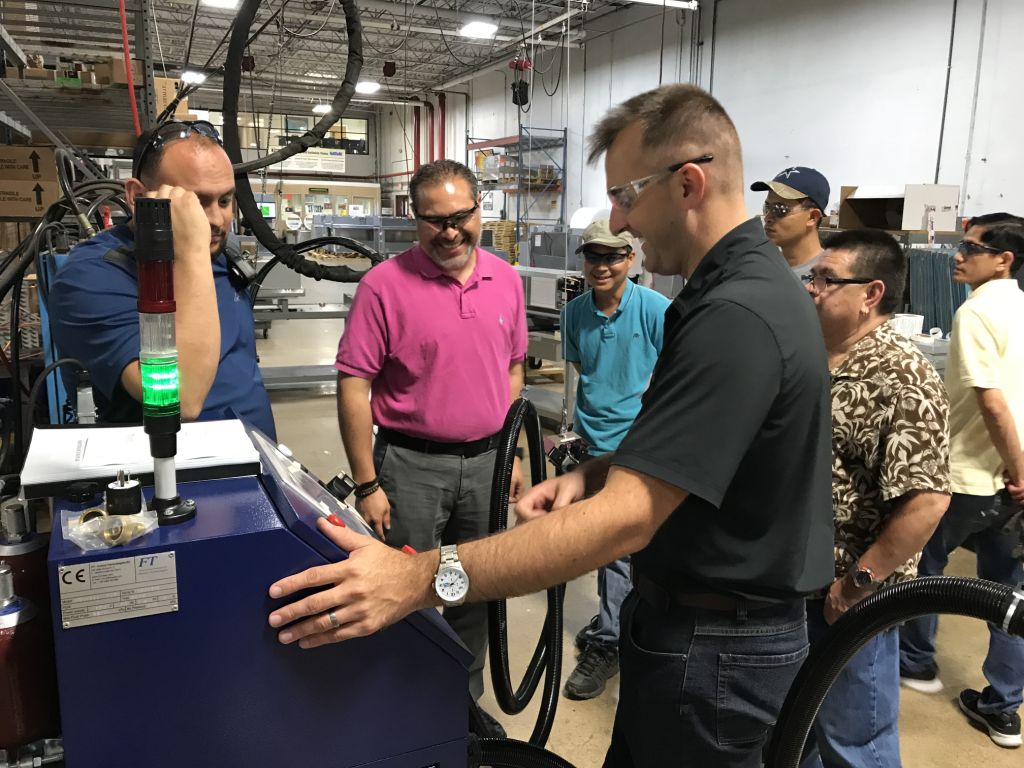Sustainability is a growing movement that’s begun gaining momentum in consumer markets. According to a 2022 NielsenIQ study, 67% of US consumers are willing to pay more for sustainable products—a trend that extends to buyers globally. Companies that implement sustainable practices will see growing popularity in the years to come. Production engineers plan, design, and ensure smooth implementation of production processes. For this reason, their role in driving sustainability is crucial to success.
What is Sustainability?
Sustainability involves creating an environment in which humans and nature can exist in harmony over an extended time without one taking too much from the other. It promotes the use of renewable energies, waste reduction, and improved natural environments. The ultimate goal of sustainability is to sustain the Earth and its inhabitants in an equitable manner for the foreseeable future.
The Benefits of Sustainable Manufacturing
The environmental benefits of implementing more sustainable practices into your manufacturing processes are evident. But did you know sustainable manufacturing can provide huge benefits for businesses?
- Increased operational efficiency. If you can find ways to cut down on waste and reuse production materials, you’ll see lower operational costs. Evaluating your processes to identify where to cut waste can also improve your overall operations.
- Reduced compliance costs. Increasing operational efficiency with sustainability in mind can lead to lower waste disposal fees and other reduced costs related to environmental regulation compliance.
- Improved employee and community safety. By conserving energy and using natural resources in your production process, you also boost the safety of your employees and the communities where you manufacture products and materials.
- Better reputation and brand image. Sustainability is a growing decision-making factor for consumers. Investing in sustainable practices can boost your company’s image and reputation.
- Access to government grants, tax credits, and other financial benefits. For example, companies that use energy-efficient commercial buildings can receive a tax deduction for the cost of making improvements.
Tips for Making Your Production Process More Sustainable
If you’re in manufacturing, there are plenty of ways to reduce your company’s carbon footprint on and off your production line.
Use Green Materials
Switching to low GWP (Global Warming Potential) refrigerants has become necessary to maintain local and federal compliance in refrigeration manufacturing. This US mandate was put in place to ensure more environmentally friendly refrigerants are used.
For example, using hydrocarbon refrigerant products in your HVACR manufacturing is an easy switch that decreases energy, gas, and water consumption and permanently reduces greenhouse gas emissions from your refrigeration products.
At Airserco, we pride ourselves on providing oxyhydrogen brazing equipment. They’re more stable and consistent than the average acetylene torch, AND the oxyhydrogen flame produces no CO, no C02, no soot, and no fumes.
Onshoring and/or Nearshoring
Consider where the components that make up your manufacturing process come from. Any materials made far away have to be shipped in. The farther away they are, the more energy required to transport them to your base offices. Offshoring and nearshoring are two practices that increase your production process’s sustainability by bringing materials and business operations closer to your base.
Onshoring involves bringing materials and operations into the same country where your company is based. Meanwhile, nearshoring brings these components to a country closer to your base.
Manufacture Durable Products
While it may seem a common-sense idea—everyone wants to create a product that lasts—truly dialing in on manufacturing products with longevity and durability in mind will promote sustainability. Not only do customers want products that will last, but they’re also willing to pay more for quality—especially if it’s sustainably made and high quality.
Implement Closed-Loop Manufacturing
All production inevitably results in waste, whether it’s energy use, packaging, or shipping. Implementing closed-loop manufacturing means finding ways to minimize waste and resource usage within your production process. Generally, this is done by looking for ways to reuse or repurpose materials instead of discarding them.
Track Your Progress
How can you know that you’re achieving goals if you aren’t tracking your efforts to be more sustainable? Developing a list of key performance indicators (KPIs) that prioritize sustainability will put your entire production process on track to actually becoming more sustainable.
Examples of KPIs production engineers can use to measure sustainability in manufacturing include:
- Scrap rate: The percentage of materials discarded during production.
- Compliance rate: The percentage of environmental standards and chemical safety requirements you’re meeting.
- Energy usage: The amount of energy (electricity, gas, water, etc.) your manufacturing process requires and consumes.
- Renewable energy usage: The amount of energy (wind, solar, hydropower, geothermal, etc.) your manufacturing process uses.
- Supply chain miles: The distance materials have traveled across the supply chain of your production lifecycle.
Keep Current on Codes and Regulations
Keeping pace with the newest science means you’re doing the most to address sustainable practices in your manufacturing process. By paying attention to updated environmental regulations and guidelines for manufacturers, you’ll ensure sustainability and be prepared to mitigate any costs related to compliance.

